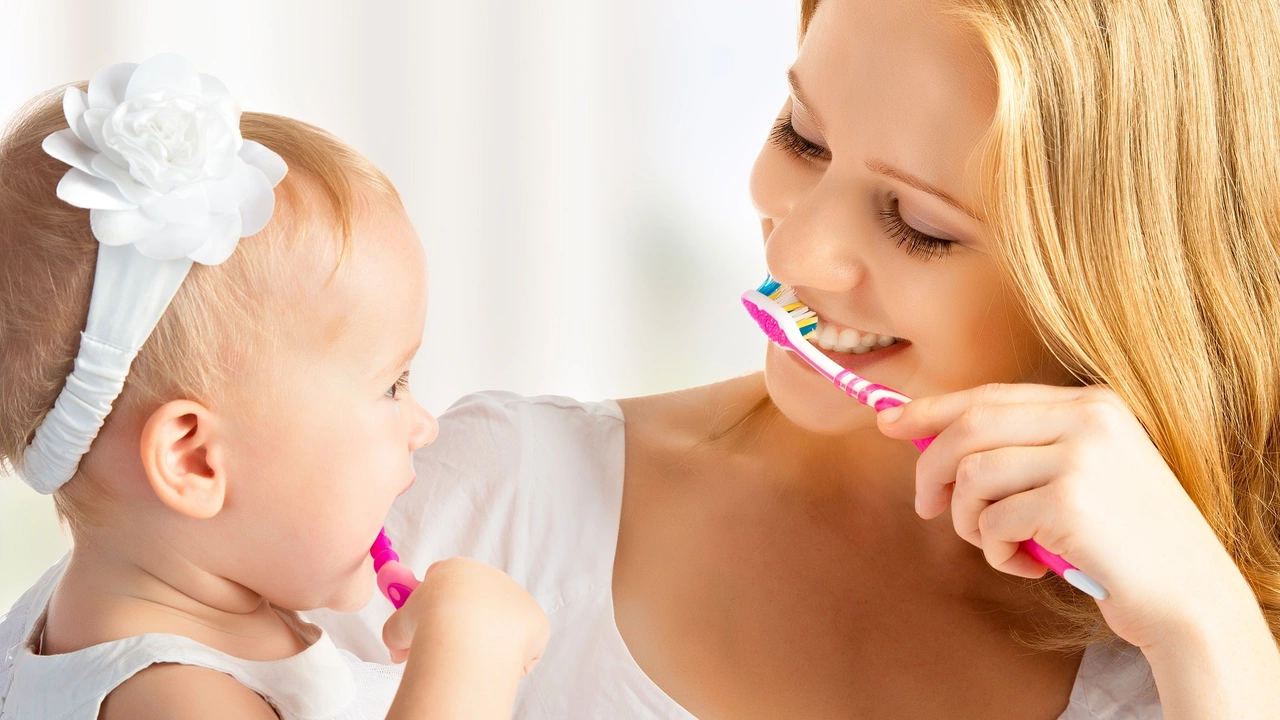Dental Prophylaxis: What It Is and Why You Should Care
If you think a quick brush removes everything, think again. Dental prophylaxis is the professional cleaning your dentist or hygienist does to remove plaque and hardened tartar that you can’t clear at home. It’s a short visit that prevents gum disease, reduces bad breath, and lowers the chance of cavities and tooth loss down the road.
People often skip cleanings because they feel fine. But gum disease can be painless in early stages. Prophylaxis catches problems early so treatment is simpler and cheaper. It’s not just vanity—this is preventive care that protects your teeth and the tissues that hold them in place.
What happens during dental prophylaxis?
The visit usually starts with a quick exam. The hygienist checks for inflammation, pocket depth, and any obvious trouble. Then they use a scaler or an ultrasonic tool to lift off plaque and tartar above and slightly below the gumline. After scaling comes polishing, which smooths the root surfaces so plaque sticks less easily. Some practices finish with a fluoride treatment to strengthen enamel.
Prophylaxis focuses on surface cleaning. If your gums are deeply infected or you have severe bone loss, your dentist may recommend scaling and root planing or specialist care. That’s different from routine prophylaxis but the goal is the same—stop disease progression.
How often should you get it and what to do after
For most people, every six months works well. But if you smoke, have diabetes, are pregnant, or show early signs of gum disease, your dentist may suggest cleanings every three or four months. Your dentist will give a schedule based on exam findings, not a one-size-fits-all rule.
After a cleaning your gums may feel tender for a day or two. Keep brushing gently with a soft brush, floss once daily, and avoid extremely hot or cold foods right away if your teeth feel sensitive. Using a fluoride toothpaste and a mouthwash can help. If bleeding or swelling persists beyond a few days, call your dentist—these can be signs of a deeper issue.
Cost and coverage vary. Many dental plans cover routine prophylaxis fully or partially. Without insurance, basic cleanings often range from modest to moderate fees depending on where you live and your dental office. Ask your provider about pricing and whether they recommend X-rays or additional treatments during the visit.
Think of dental prophylaxis as a small investment that prevents bigger problems later. It’s quick, usually painless, and tailored to what your mouth needs. If you haven’t had a professional cleaning in a year, schedule one and ask your hygienist for exact tips to keep your smile healthy between visits.

Dental Prophylaxis for Children: Establishing Good Oral Hygiene Habits Early
As a blogger, I can't stress enough the importance of dental prophylaxis for children. Establishing good oral hygiene habits early in life is crucial to ensuring our little ones' dental health. Regular dental cleaning and check-ups, coupled with proper brushing and flossing techniques at home, can help prevent cavities and gum diseases. I believe that educating children about the importance of oral care and making it a fun and routine part of their day can lead to lifelong healthy dental habits. Remember, a healthy smile is a happy smile!
- Health and Wellness (58)
- Drug Information (45)
- Pharmacy Information (19)
- Medical Conditions (17)
- Supplements (4)
- Travel Health (2)
- Parenting (2)
- Diabetes (2)
- Mental Health (2)
- Heart Health (1)
-
Ashwagandha vs Other Adaptogens: Detailed Comparison
18 Oct 2025 -
Ferrous Sulfate vs Alternative Iron Supplements: Which Is Best?
9 Oct 2025 -
Top Alternatives to Methylphenidate: Exploring Your Options
25 Mar 2025 -
Bronchitis vs Pneumonia: How They’re Linked and What It Means for You
22 Sep 2025 -
Pregnancy Registries: What We’re Learning About Medication Safety
17 Nov 2025

27.06.23
Alistair Mukondiwa
18